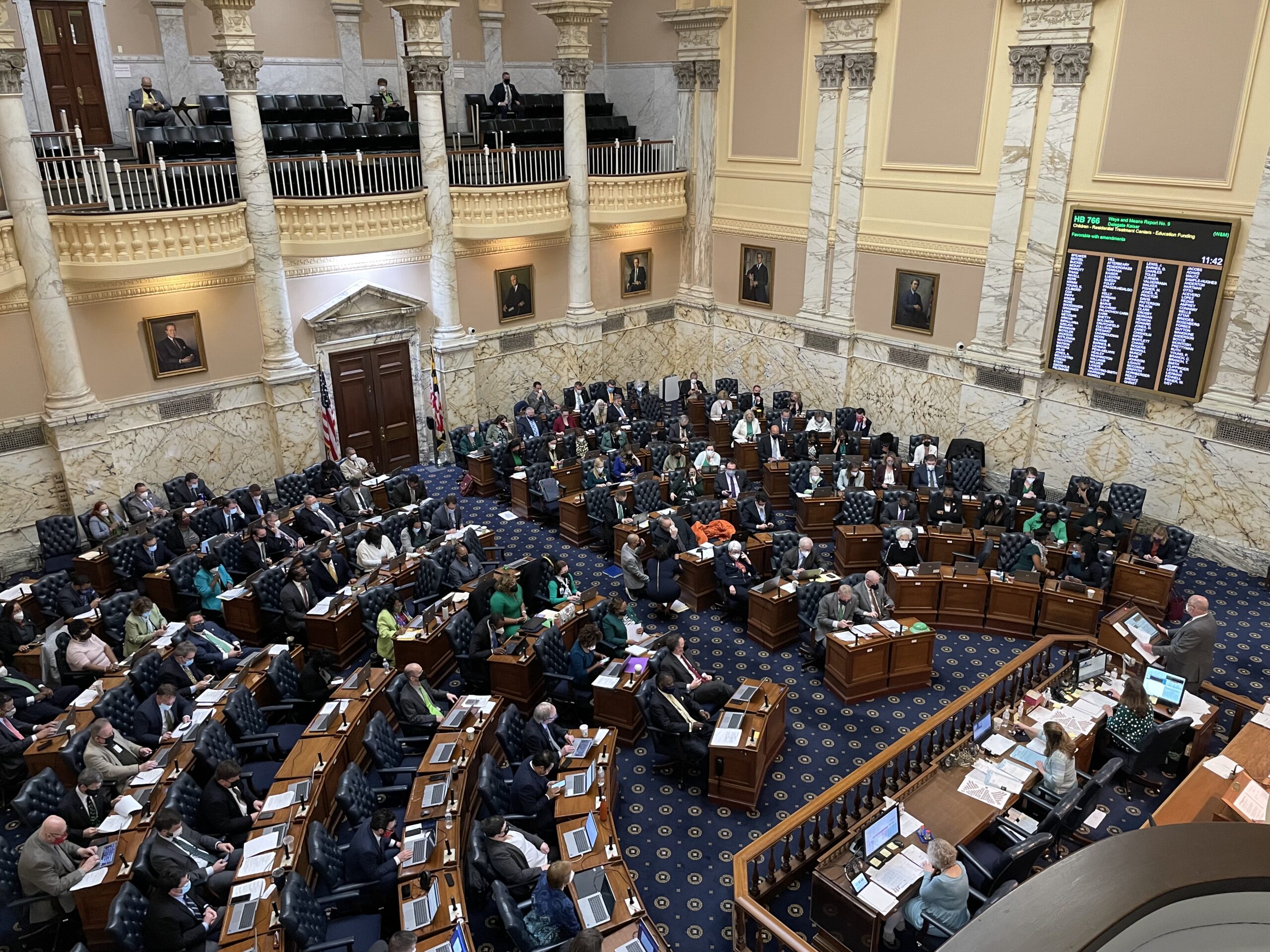Report details alarming levels of toxins being dumped in Md. waterways

Industrial facilities dumped at least 94,000 pounds of toxic chemicals, including PFAS, into Maryland’s waterways in 2020, according to a report released Wednesday by the Maryland PIRG Foundation.
The startling and sobering report, “Wasting Our Waterways,” takes statistics from the U.S. Environmental Protection Agency’s Toxics Release Inventory for 2020 and puts the health of Maryland’s waterways in the context of broader national environmental trends.
“Our children deserve a safe and healthy future,” said Maryland PIRG State Director Emily Scarr. “Yet polluters too often recklessly dispose of chemicals linked to cancer, developmental and reproductive damage. It’s time to stop this toxic dumping, and hold polluters accountable for the harm they cause to public health and the environment.”
Major findings in the report include:
-
Polluters dumped 6.2 million pounds of toxic chemicals into the Brandywine-Christina Watershed, the third-highest volume dumped into any watershed in the country, in neighboring Delaware and Pennsylvania, which runs into Cecil County in Maryland.
-
The facility releasing the most toxic chemicals in Maryland was Grace Davison-Curtis Bay Works in Southwest Baltimore, a chemical plant which emitted 79,000 pounds of chemicals into the Gunpowder-Patapsco rivers watershed. The plant has been the object of multiple government regulatory actions over the last several years.
-
Using the EPA’s tool to measure relative toxicity (because some chemicals pose more risk to human health than others) showed that United States Gypsum Co. in Baltimore released more toxicity than any single facility in Maryland. That company, which manufactures construction products, released 240,000 pounds into the Gunpowder-Patapsco watershed.
The environmentalists and scientists warn that the EPA’s Toxics Release Inventory data captures only a portion of the toxic pollution released to waterways by industrial facilities, meaning that the amount of toxic substances that industrial facilities released to waterways is likely more than reported.
The report comes on the heels of the Maryland Department of Environment determining that there are traces of toxic PFAS in drinking water. According to the EPA, there is no safe level of these so-called “forever chemicals” in drinking water and exposure to PFAS, even in small amounts over time, has been linked to serious health effects including cancer, thyroid disruption and reduced vaccine response.
Companies were exempt from reporting many PFAS chemicals until 2020. In early 2022, three national advocacy organizations sued to force the EPA to investigate possible non-compliance with PFAS reporting requirements based on unexpectedly low numbers of facilities reporting PFAS use, unexpectedly low reported numbers of total PFAS chemicals used, and unexpectedly low reported amounts of PFAS released to the environment.
“Marylanders have a right to know about releases of toxic chemicals, like PFAS, in our waterways,” said Upper Potomac Riverkeeper Brent Walls. “When these chemicals pollute our waters, they pollute oysters, fish and crabs, and ultimately, our bodies.”
The report recommends several steps to stem this tide of toxic pollution into protected waterways – including requiring industry to switch from toxic chemicals to safer alternatives.
But with the Clean Water Act about to turn 50, the report notes that “the job of cleaning up America’s waterways remains half full.” And environmental advocates worry that the Supreme Court could drastically limit the number of waterways protected by the Clean Water Act.
The court is scheduled to hear arguments next Monday in Sackett v. EPA, the case of an Idaho couple who have been prohibited from building a home on land they own near a lake because their lot contained wetlands that qualify as “navigable waters” regulated by the Clean Water Act.
“Polluters shouldn’t be able to use Maryland’s waters as a dumping ground,” said Scarr. “As the Clean Water Act turns 50, we should be setting stronger protections for our rivers and streams and responding aggressively to new risks such as the toxic PFAS increasingly contaminating our state’s waterways.




 Creative Commons Attribution
Creative Commons Attribution